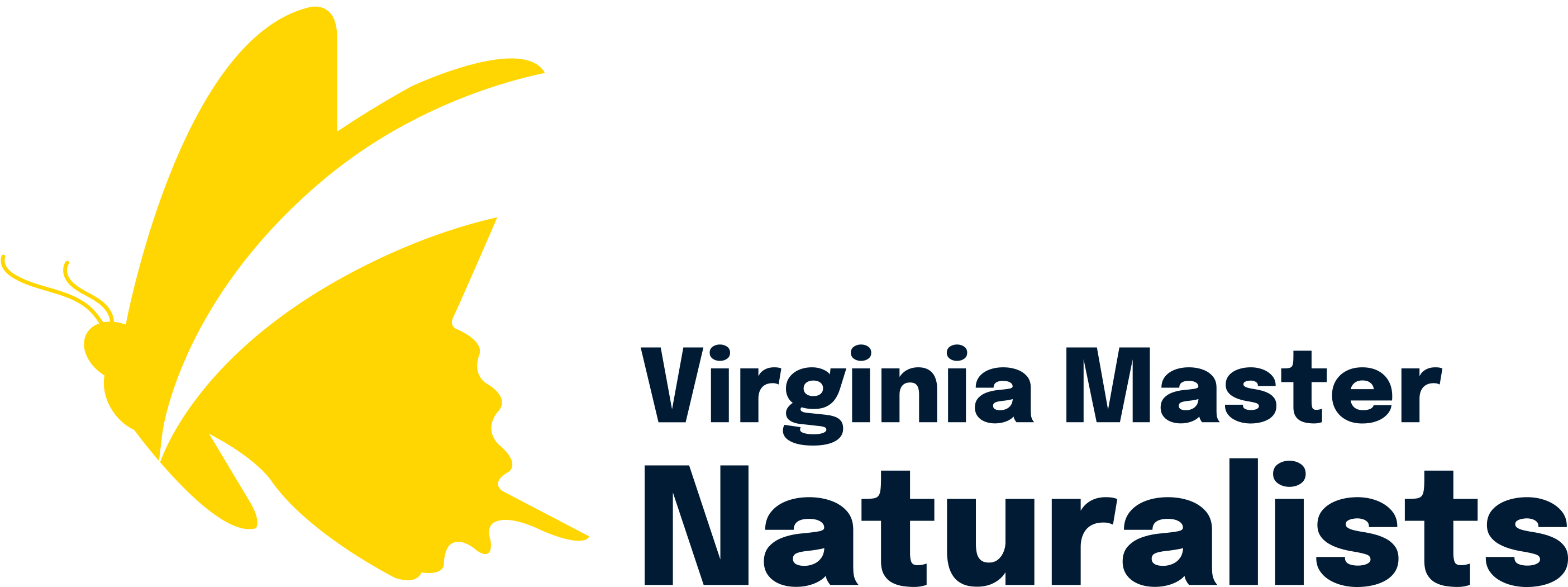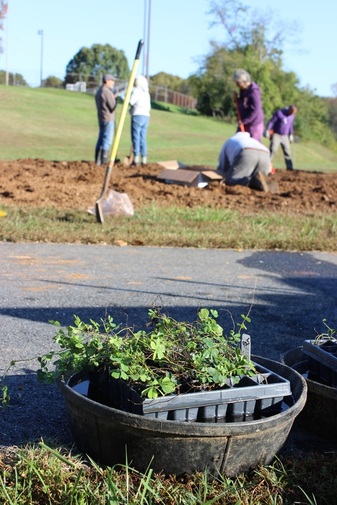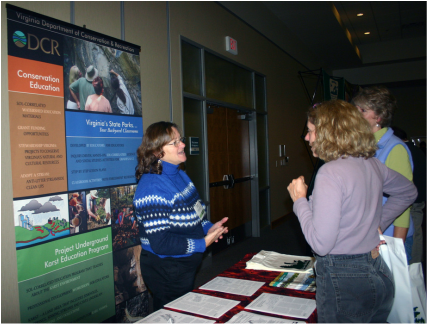 Carol Zokaites talks with volunteers about karst at the first VMN statewide conference in 2008.
Carol Zokaites talks with volunteers about karst at the first VMN statewide conference in 2008.
Best Wishes to a VMN Steering Committee Member
We would like to congratulation Carol Zokaites on her retirement, which she will begin May 1! Carol has been a long-standing member of the VMN Steering Committee, as one of the representatives from the Virginia Department of Conservation and Recreation. VMN members may know Carol best from her role coordinating Project Underground, an environmental education program and curriculum focused on karst and caves. We thank Carol for her service to the program and wish her well in her new life phase!
Connecting with Kidsadapted from an article by Michael Swisher, Arlington Partnership for Children, Youth & Families and Bill Browning, ARMN Volunteer
Tobin (Toby) Smith was recently selected as a Connect with Kids Champion, an award created by the Arlington County Partnership for Children, Youth & Families as a way to recognize people who go above and beyond in building supportive relationships with young people.
Toby is an Arlington Regional Master Naturalist who works with Arlington 4-H and has connected with kids since 1988, using nature and fishing as the hook. Starting with a 4-H Gardening Club for children of refugees from Southeast Asia, Toby then formed a 4-H Fishing Club for ten children ages eight through ten. He worked with that group until they graduated from high school.
Fishing and gardening activities allowed Toby to teach leadership and environmental stewardship. But as the club members got older, he found that they were often teaching him about friendship and other life lessons. He stays in contact with many of them, who are now raising children of their own. And Toby continues to connect with kids––and connect them to nature––through the 4-H Junior Naturalists clubs.
Fairfax Volunteers Recognized
Two VMN volunteers from the Fairfax Chapter have recently received awards.
Val Bertha received the Hidden Oaks’ 2016 Acorn Award given to the outstanding new volunteer, and Peter Mecca recently received the Virginia Association of Soil and Water Conservation District’s 2015 Conservation Teacher of the Year award for his outstanding work at George Mason High School. Congratulations Val and Peter!
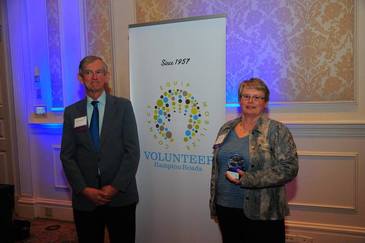 Pam Courtney and Brad Halcums receive the Volunteers of the Year (Family Category) award by VOLUNTEER Hampton Roads.
Pam Courtney and Brad Halcums receive the Volunteers of the Year (Family Category) award by VOLUNTEER Hampton Roads.
Peninsula Chapter Members Recognized
Before a dinner crowd of 400 guests, on April 13, 2016, Pam Courtney and Brad Halcums were recognized as Volunteers of the Year in the Family Category by VOLUNTEER Hampton Roads. This group represents the public and private sectors in eastern Virginia and supports nonprofit activities. Pam and Brad achieved this honor through their work at the Virginia Living Museum in Newport News which has been a steadfast partner with the Peninsula Chapter since 2008.
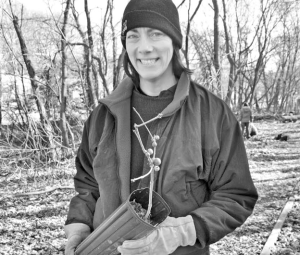 Clare Hayden. Image from VMN-Arlington Regional Chapter
Clare Hayden. Image from VMN-Arlington Regional Chapter
In Memoriam
We also use this Laurels column to recognize VMN volunteers who are no longer with us. Thank you to Marion Jordan and Kasha Helget for sending these beautiful tributes to two volunteers who really made a difference in their community.
The VMN-Arlington Regional Chapter lost one of its most dedicated members, Martha “Clare” Hayden, on October 13, 2015, following a brave fight with cancer. Clare came to this area from Wisconsin and worked as a translator for the Embassy of Spain, the International Monetary Fund, the Pan American Health Organization, and the World Bank.
Clare was a dedicated champion of nature who worked to restore native habitats. As a resident of Arlington Village, she cofounded their Environmental Resources Committee, which worked to restore the five-acre Oak-Hickory woods along a stream in the village. She also was on the board of the neighborhood association, served on the village’s Grounds Committee, and advanced the use of native plants in the townhouse community.
As a certified Arlington Regional Master Naturalist and Tree Steward, Clare was involved in many restoration projects and was active as a volunteer at Earth Sangha Native Plant Nursery in Springfield. Clare was especially interested in prot
ecting and maintaining the native tree canopy in Arlington County, and her many naturalist friends admired her forceful advocacy and frequent intervention to save endangered trees. Clare also devoted her time and talents to Arlington Independent Media and the DC Books to Prisons program.
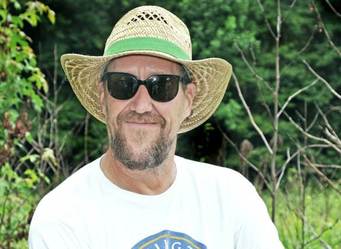 Image of Jerry Schrepple, courtesy of Rodney Olsen
Image of Jerry Schrepple, courtesy of Rodney Olsen
The Arlington Regional Chapter lost another dedicated member, Jerry Schrepple, on March 15, 2016. Jerry had been an active volunteer since graduating with the Spring 2009 ARMN Basic Training class. Jerry contributed to so many habitat restoration projects, including invasive removal and plantings in local parks, seed collection, cleaning, and nursery work with Earth Sangha, and stream-water monitoring. He was known for his expertise in building bird houses and he happily shared that knowledge through hands-on workshops. Jerry championed the restoration of the site next to the bike path by Bon Air Park in Arlington. This “Take Back the Trail” project resulted in the transformation of a previously neglected site covered with invasives into a meadow that now features native plants which are visible to all who use that section of the bike path.
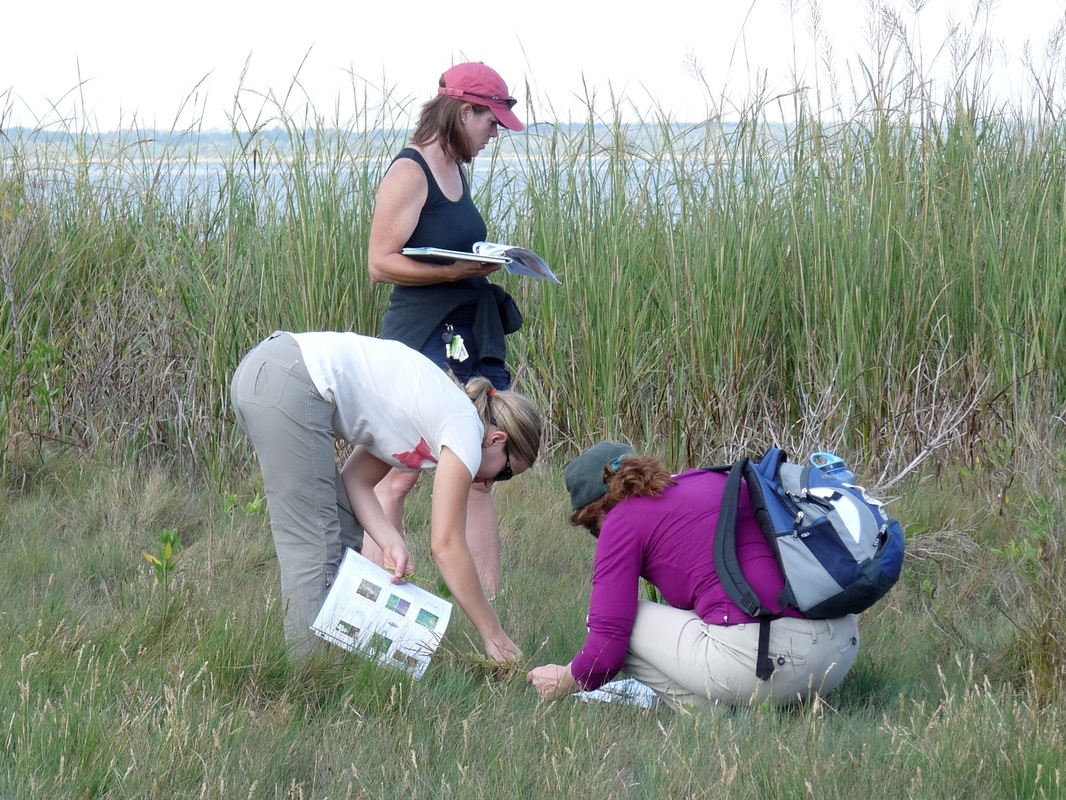 To become a VMN volunteer, individuals complete a basic training course with a local chapter. At least 25% of the course involves hands-on learning in the field. Photo by VMN-Historic Rivers Chapter.
To become a VMN volunteer, individuals complete a basic training course with a local chapter. At least 25% of the course involves hands-on learning in the field. Photo by VMN-Historic Rivers Chapter. 